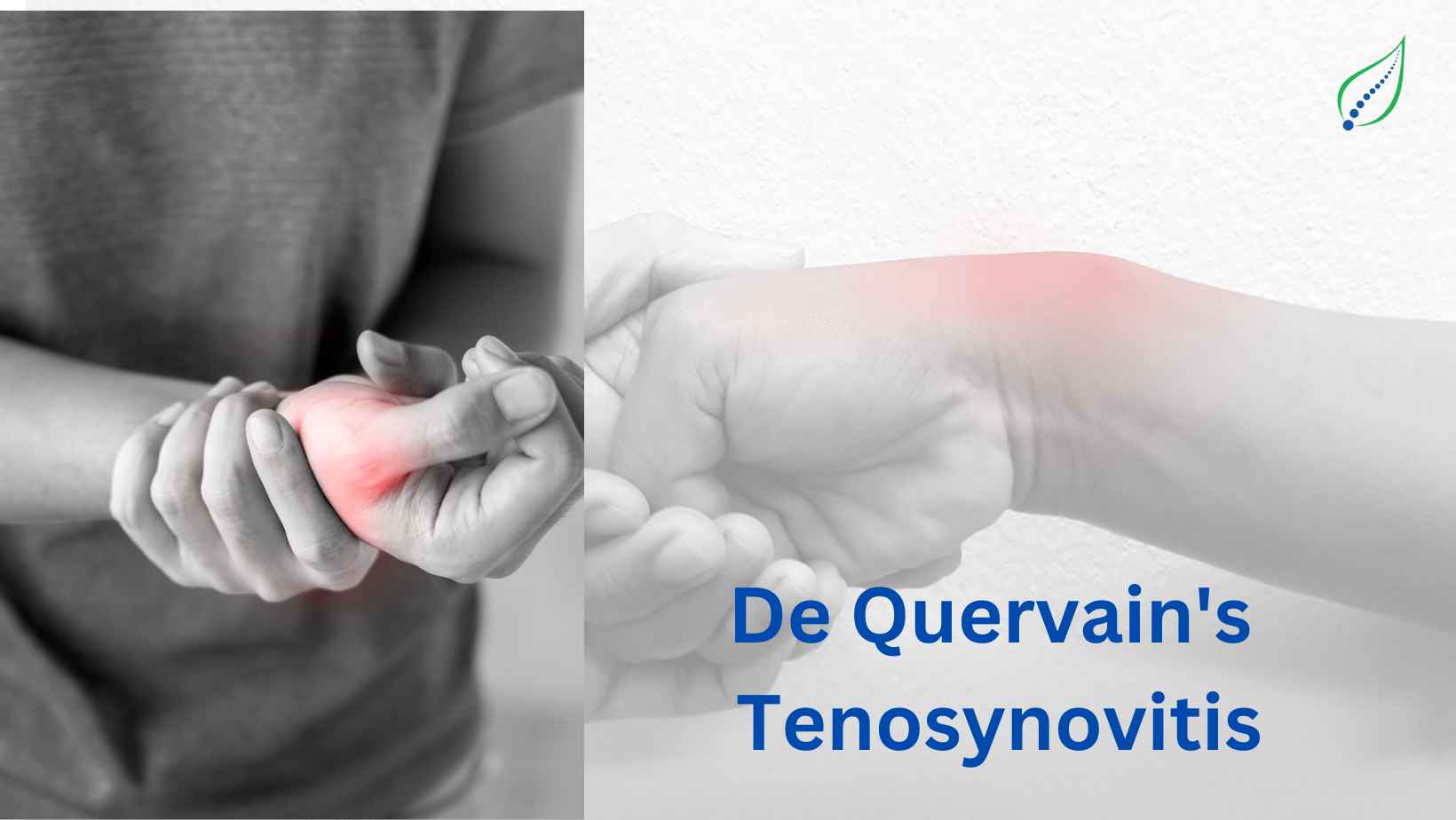De Quervain’s Tenosynovitis
De Quervain’s Tenosynovitis is a painful condition involving the tendons of the thumb and the wrist in which they get inflamed. The inflammation is usually a result of the friction between the tendon and the narrow area that it passes through in the wrist and the lower thumb. This condition has multiple names such as Quervain’s syndrome or disease and sometimes the pain has even been reported to radiate into the arm area from the thumb.
Causes
Although no sure cause has yet been identified, it has been observed that this condition is seen after certain injuries involving the thumb or because of certain repetitive activities which lead to overuse.
• Injury to the thumb
• Repetitive activities involving the thumb at work or in gaming
• Overuse
• Gardening, farming, or sports involving the hands
• Rheumatoid arthritis
Risk Factors
This condition can develop in any age group or gender but certain groups have shown a higher inclination towards developing de Quervain's tenosynovitis. People who are in their middle age (30 to 50) are at the highest risk of getting this ailment. Women due to their smaller wrists are at a higher risk than men to undergo tendon inflammation and eventually this syndrome.
People who work in places where hands and especially thumbs are repeatedly used can also develop this problem. It usually happens in places where the work is mostly manual and the actions are repetitive and done for long hours. New mothers are also susceptible to thumb injuries as they have to lift the child quite a lot in the beginning years.
Symptoms
The most common symptom of this condition is pain due to the inflamed tendons. The pain is experienced in the rear end of the thumb and is accompanied by swelling and tenderness. The pain radiates towards the wrist and sometimes even affects the forearm. If left untreated the pain usually worsens with time and small activities such as lifting or pinching can become a difficult task.
The onset of symptoms can be sudden in cases of accidents involving the thumb or gradual in case the cause is repetitive activity or overuse.
Diagnosis
Your physician will conduct a physical exam and check your thumb for any pain or swelling. He will put pressure on the thumb and wrist and assess accordingly from the response.
There is also a test to determine De Quervain's tenosynovitis known as the Finkelstein test. The doctor will direct you to perform certain movements involving the thumb and the fingers such as bending the thumb across the palm and bending the fingers over the thumb to make a fist. These movements cause tendons to stretch and if you have this condition you will experience pain in the thumb and wrist.
Treatment
Non-steroidal anti-inflammatory drugs are usually the first step towards managing the symptoms. Medications can considerably ease the pain and reduce swelling. If the pain still persists, steroidal injections are the next step. These are very effective and have shown to provide full recovery to the patients without further treatment if action is taken quickly. Platelet rich plasma (PRP) injection is an advanced and evidence- based treatment option. PRP is prepared from patient’s own blood which contains high number of proteins (growth factors) which ultimately promotes fast healing of torn ligaments and tendons. PRP help in speeding up the healing process. Usually only one injection is required and is OPD procedure.
In severe cases, physical therapy is the best option along with a splint that your doctor will make available for you. The treatment session lasts for about 4 to 6 weeks and you’d be asked to wear the splint every day till the treatment lasts. Along with this, your therapist will teach you strength and mobility restoring exercises to help the body in making a quick recovery.

_1749797551_1751826891.png)


